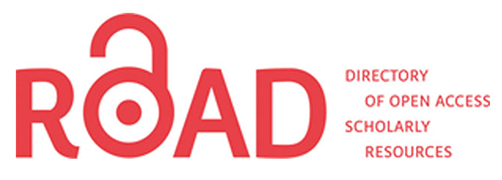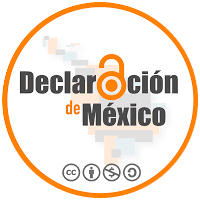Design, for whom? Claiming the social profile of dcv
Keywords:
Design, public education, profile, cooperativesAbstract
In this complex historical, social and political context in which we live, where everything is questionable and so inflammable at the same time, it is necessary to rethink about the horizons and professional profiles of graduates of our career, Design in Visual Communication, anchored in our Respected National University of La Plata, public and free. The entrants of our career do not visualize from the outset what the social role of the designer in the world that surrounds them is, looking a little beyond the mere commercial horizon. It is for this human sense that we claim our social profile and latent commitment in each year of study, without losing sight of the fact that «design is always the other» because it must investigate, understand and define the problem of a particular group, contextualize it and propose solutions.Downloads
Downloads
Published
How to Cite
Issue
Section
License
The acceptance of the manuscript by the magazine means the non-exclusive cession of the property rights of the authors in favour of the editor, who allows the reuse, after publication (post print), under a license Attribution-NonCommercial-NoDerivatives 4.0 International.
According to these terms, the material can be copied and redistributed by any means or in any format as long as a) the author and original source of the publication are quoted (magazine and URL of the work), access to the license is provided and whether changes have been made is mentioned; and b) the material is not used for commercial purposes.
The cession of non-exclusive rights means that after the publication (post print) in Bold the authors can publish their work in any language, means and format; in such cases it must be mentioned that the material was originally published in this magazine. Such cession also means the authorization of the authors for the work to be collected by SEDICI, the institutional archive of the Universidad Nacional de La Plata, and to be spread in the databases that the editorial team considers appropriate to increase the visibility of the publication and its authors.
Moreover, the magazine encourages the authors to deposit their productions in other institutional and thematic archives under the principle that offering the society the scientific and academic production without any restrictions contributes to a greater exchange of the global knowledge.

























